Join us on Wednesday, November 30 at noon Pacific for the Amateur Rocketry Hack Chat with Kip Daugirdas!
This might be going out on a limb, but it seems like most of us probably fooled around with model rockets when we were younger. Those fantastic Estes kits were great fun to put together, and launching them was always a big neighborhood event, and one of the few that could make even the coolest of the cool kids pay attention to the nerds, if only for a little while. Launch day had it all — a slight element of danger, the rotten egg stink of spent propellant, a rocket gently floating back to Earth from a dizzying height of 100 meters, and the inevitable tree-climbing party to retrieve a lost rocket.
 But while model rocketry is fun, it doesn’t scale up very well. If you want to reach the edge of space, you’re going to need to make the leap across the border to amateur rocketry. That’s where the big kids play, with real engineering needed to produce and control the forces required to reach altitudes of 100 km or more. Kip Daugirdas has made that leap, building rockets capable of almost getting to the Kármán line. It’s not easy — there was plenty of design work, static engine testing, and loads of test flights leading up to it, and surely more to come. Kip will stop by the Hack Chat to help us understand what’s needed to press the edge of space, and hopefully share his plans for going all the way.
But while model rocketry is fun, it doesn’t scale up very well. If you want to reach the edge of space, you’re going to need to make the leap across the border to amateur rocketry. That’s where the big kids play, with real engineering needed to produce and control the forces required to reach altitudes of 100 km or more. Kip Daugirdas has made that leap, building rockets capable of almost getting to the Kármán line. It’s not easy — there was plenty of design work, static engine testing, and loads of test flights leading up to it, and surely more to come. Kip will stop by the Hack Chat to help us understand what’s needed to press the edge of space, and hopefully share his plans for going all the way.
Our Hack Chats are live community events in the Hackaday.io Hack Chat group messaging. This week we’ll be sitting down on Wednesday, November 30 at 12:00 PM Pacific time. If time zones have you tied up, we have a handy time zone converter.




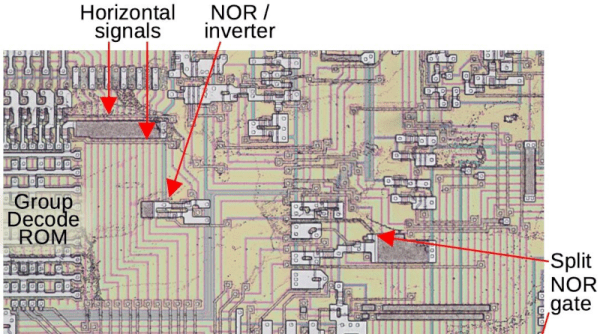
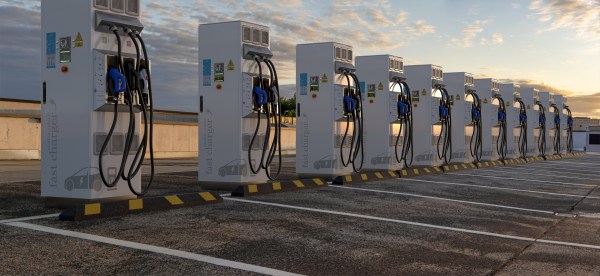
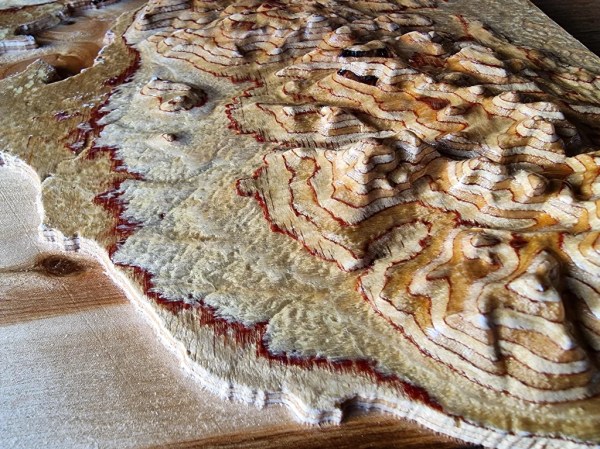
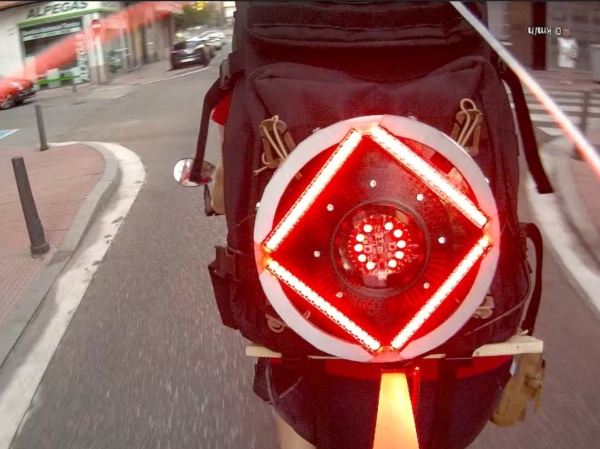
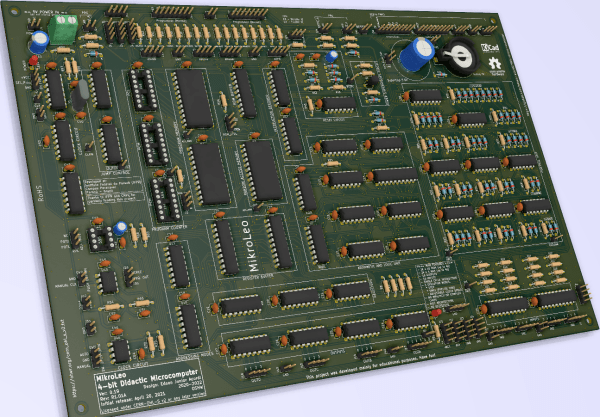
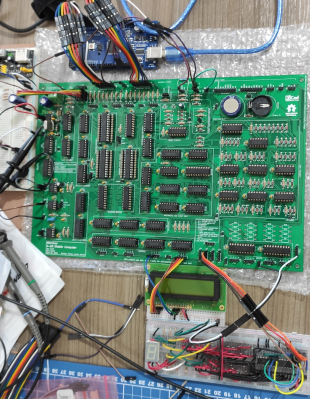 Harvard RISC architecture built entirely from 74HCT series logic
Harvard RISC architecture built entirely from 74HCT series logic








